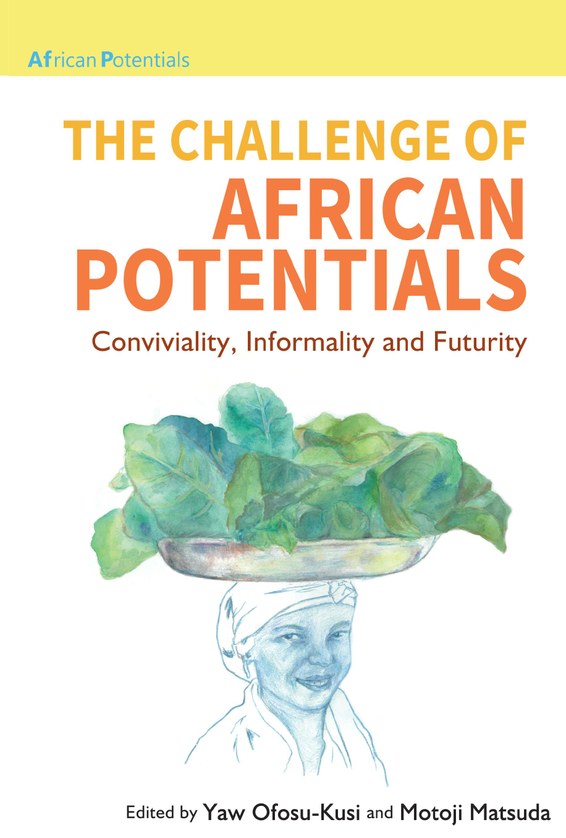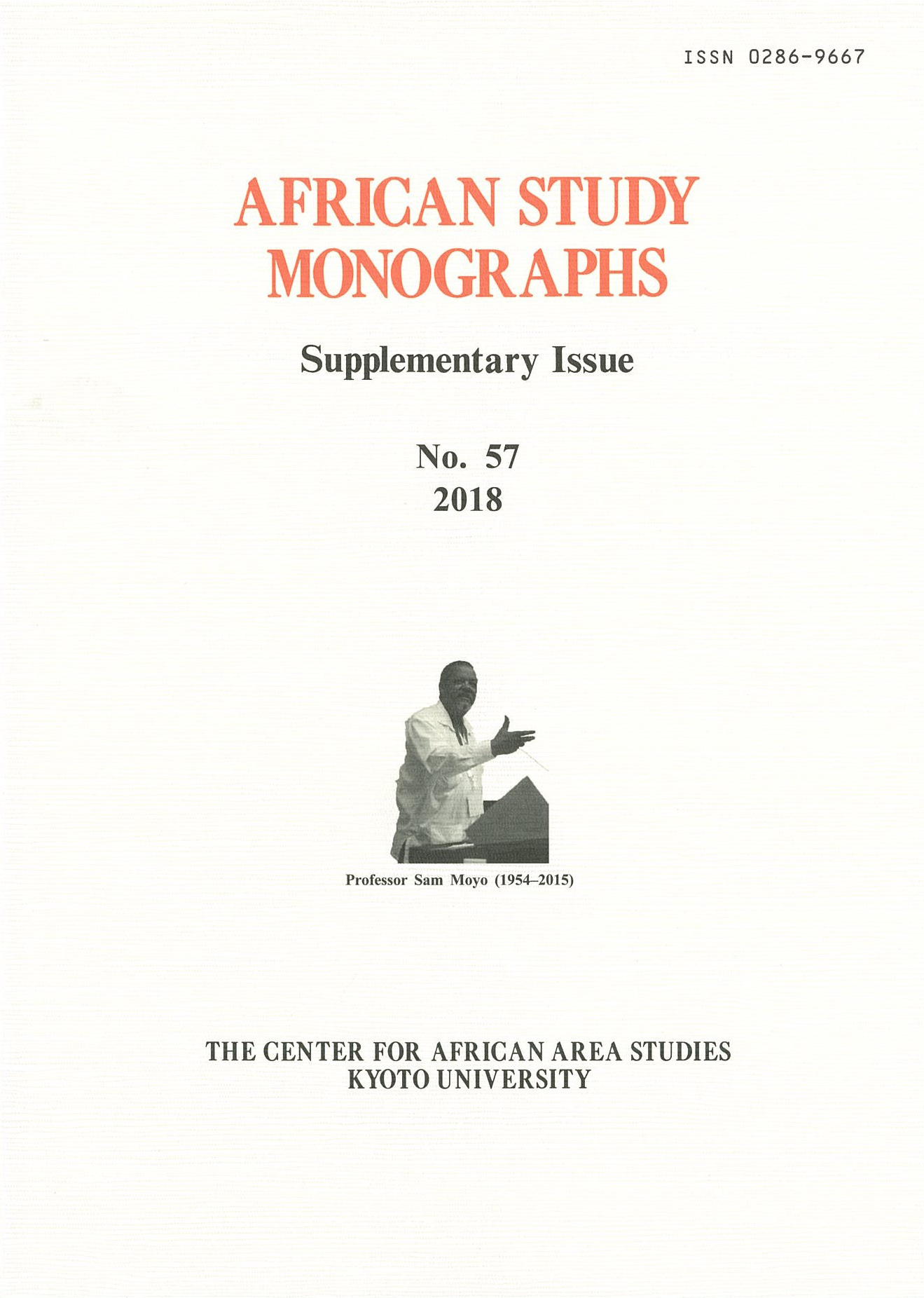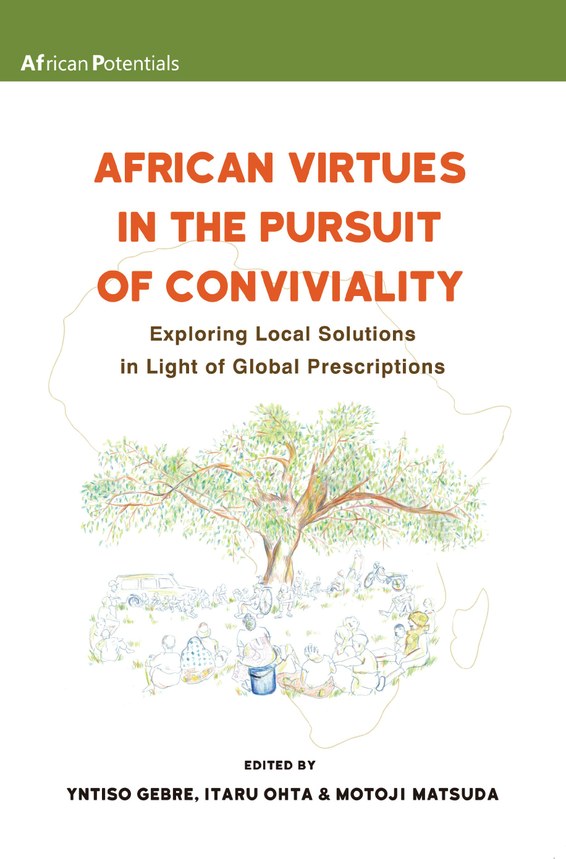Date and Time: June 16, 2018 (Saturday), 15:00 – 17:00
Venue: Main Meeting Room, 3rd Floor, Inamori Foundation Memorial Hall, Kyoto University
MC: Keiko Takemura (Osaka University)
At this plenary meeting, the Language and Literature Research Team delivered a report on its research activities. Since the African Potentials Research Project began its second phase in April 2016, the members of the team have discussed continuously the ways to utilize the concept of African Potentials and deepen their research within it. In this meeting, some of the research outcomes were shared in accordance with the following program, and the team deepened the discussion on African Potentials with the members of other research teams.
1. Progress Report on Activities by the Language and Literature Research Team — Keiko Takemura (Osaka University)
2. Dynamics of Arabic in Northeastern Africa: Convivial Multilingualism — Shuichiro Nakao (Osaka University)
3. Dialectic Development and Social Orientation of Literature in African Languages Seen in Formation of Yoruba Popular Music — Katsuhiko Shiota (Osaka University)
4. Comments: Sayaka Kutsukake (Osaka University), Satoshi Terao (University of Miyazaki)
5. General Discussion
In the beginning of the meeting, the team leader, Takemura, introduced the discussions of the Language and Literature Research Team regarding research centered on the concept of African Potentials. The team has conducted research on language expressions or language arts including music. Those who showcase creativity have often been seen as heretical or deviant by the others. In the course of the research, the team first suggested re-questioning the impact of such individuals on societies and discussed how dialectic understanding offers a useful viewpoint to grasp the relationship between the movement to maintain existing social norms and the artists who attempt to deviate from such movement, often to destroy traditional values. Second, the team discussed the importance of careful investigation of how expressionists deliver their messages and with what media in order for the team to proceed with the abovementioned research in practice.
Next, Nakao provided an overview on how this concept had been discussed and honed in the African Potentials Research Project. He marshaled the studies on the multilingual situation in Africa. Then, he introduced three case studies that he had carried out in fieldwork: the Juba Arabic language in South Sudan, as examples and discussed; the Nubi language, of which speakers spread across Kenya and Uganda; and the Benishangle Arabic language spoken in western Ethiopia. In considering these cases, he discussed the real state of the language use and the complex and dynamic identity of the speakers. In conclusion, he suggested a concept of “Convivial Multilingualism” as a form of representation of African Potentials with reference to Francis Nyamnjoh, an international collaborator for the African Potentials Research Project. He argued that this concept fundamentally criticizes European-born multilingualism/multiculturalism and may develop as a very strong concept to better understand Africa where people coinhabit with others while choosing different languages in accordance to the contexts.
Then, Shiota discussed how African language arts closely relate to awareness of issues and interests of the society, while analyzing the process of the formation of Yoruba music in Nigeria, which had incorporated external elements into indigenous elements in its process of evolution and sophistication. He analyzed the formation as a dialectic process with reference to discussions of Michael Neocosmos, an international collaborator of the African Potentials Research Project. First, Shiota outlined the Yoruba people and provided a historical overview of their music. Their significant music instrument, Dun Dun (talking drum), was developed as a part of court culture in the Oyo empire, then spread and popularized across the country in the course of the unification of the Yoruba as an ethnic group, and was sublimed as the music instrument representing the Yoruba. Moreover, in the 1960s, Nigerian popular music (e.g., Juju and Apala) evolved from the influence of Western music and Islamic ritual music and also incorporated Dun Dun and created new ensemble forms. Analyses of lyrics of Yoruba popular songs unveiled their close relation to community values, social morals and requirements/demands from society—in other words, many of them are socially oriented. Shiota discussed that in order to evaluate them, having a perspective, which is different from that of Western art, is important.
In the General Discussion, which included a comment session, the participants discussed the potency and possibility of concepts of Conviviality and Incompleteness, which had been raised by Francis Nyamnjoh (Nyamnjoh F., 2015. “Incompleteness: Frontier Africa and the Currency of Conviviality.” Journal of Asian and African Studies, 1–18. DOI: 10.1177/0021909615580867).
Reported by Itaru Ohta



